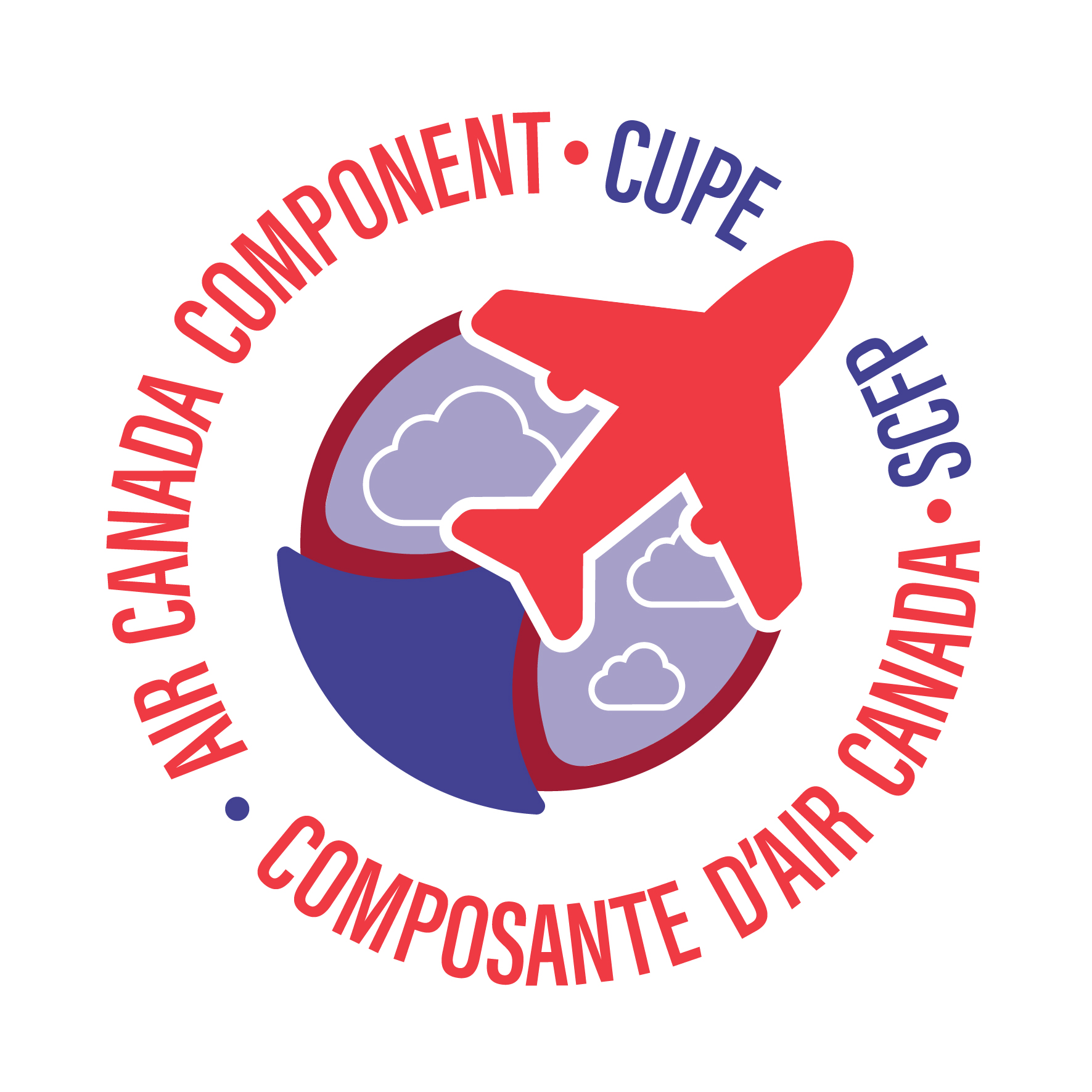Flow Through
Thinking of Flowing Through to Mainline or Rouge?
Here are some comparisons we feel you should consider. Please note that this a simplistic comparison and we encourage you to reach out to your Local Union office if you have any further questions.
What will my pay rate be?
*** Though the Union receives the most concerns regarding this issue for members flowing over, this is not something we can address until the expiration of the current collective agreement in 2025 as it was agreed to by the Company and the Union during the 2015 Collective Agreement. Your leadership at all levels are equally concerned about this, and the larger scale effect it is having on the membership as more members flow from Rouge to Mainline. ***
If you are transferring from Mainline to Rouge, your pay rate on the Rouge pay scale will be based on your years of service at Mainline.
If you are transferring from Rouge to Mainline, your pay rate will be placed on the Mainline pay scale at the closest dollar rate without earning less. You will be then be frozen at that wage step until you accrue the equivalent years of service at mainline. In essence, for pay purposes you start at Mainline with NO service and won’t move up the wage scale until you’ve accrued the required Mainline service. However, you still receive 2% wage increases each April 1st. Click HERE to access a handy document that explains the wage rate in more detail.
How does parking work?
At Mainline the Company pays for your parking. Note that if there is a monetary cost to your parking spot, it is considered a taxable benefit.
At Rouge, parking can cost up to $130 per month and is not covered.
What are my minimum days off?
At Mainline, as a regular block holder you are entitled to 12 days off per block month. As a reserve block holder, you are entitled to 13 days off per block month.
At Rouge, you are entitled to 10 days off per block month.
What the scheduled flight time limitation?
At Mainline, the scheduled flight time limitation is 80 hours per month. The Company may designate four months per year as 85-hour block months. You may volunteer up to 100 hours.
At Rouge, the scheduled flight time limitation is 95 hours per month. You may volunteer to increase your hours with no upper limit.
Are there duty overtime premiums?
At Mainline, if you choose to stay on duty beyond your maximum duty day, you are entitled to a 50% premium on all flight credits involved in that duty period.
At Rouge, there is no premium and you are required to stay on duty for up to 17 hours.
How does Reassignment work?
At Mainline, if you are subject to Reassignment, you will receive credit for the greater of your scheduled flight sequence or the actual credits to which you are reassigned.
At Rouge, if you are subject to Reassignment, you will be given another assignment or placed on 24-hour ready reserve with no pay protection for your original pairing.
What about draft?
At Mainline, if you are drafted, you will receive a 50% premium for the drafted flights. In addition, you will be pay protected for the any flights missed as a result of the draft.
At Rouge, you will receive a 50% premium for the drafted flights on scheduled days off only.
If I have to stay on duty after my duty period was to end, can I claim for post duty credit?
At Mainline, the Service Director can submit a pay claim for the crew to ensure they are compensated for remaining on duty.
At Rouge, there is no process for claiming post-duty credit. You are simply not compensated.
If I choose to attend voluntary training or a voluntary focus group will I be compensated?
At Mainline, you would receive ground credits for the time.
At Rouge, you will not be compensated.
Overall, the differences in working conditions are quite stark. The Air Canada Component of CUPE will continue to fight to improve the conditions our Rouge members face. Many of the bargaining proposals for Rouge address these issues.
In solidarity,



